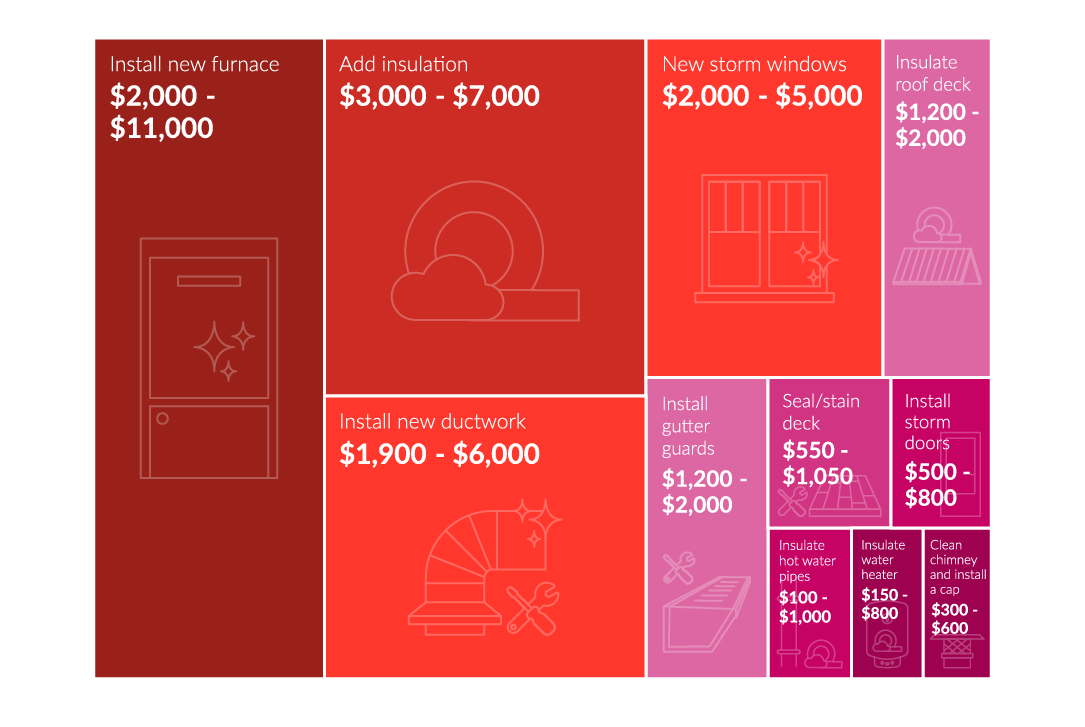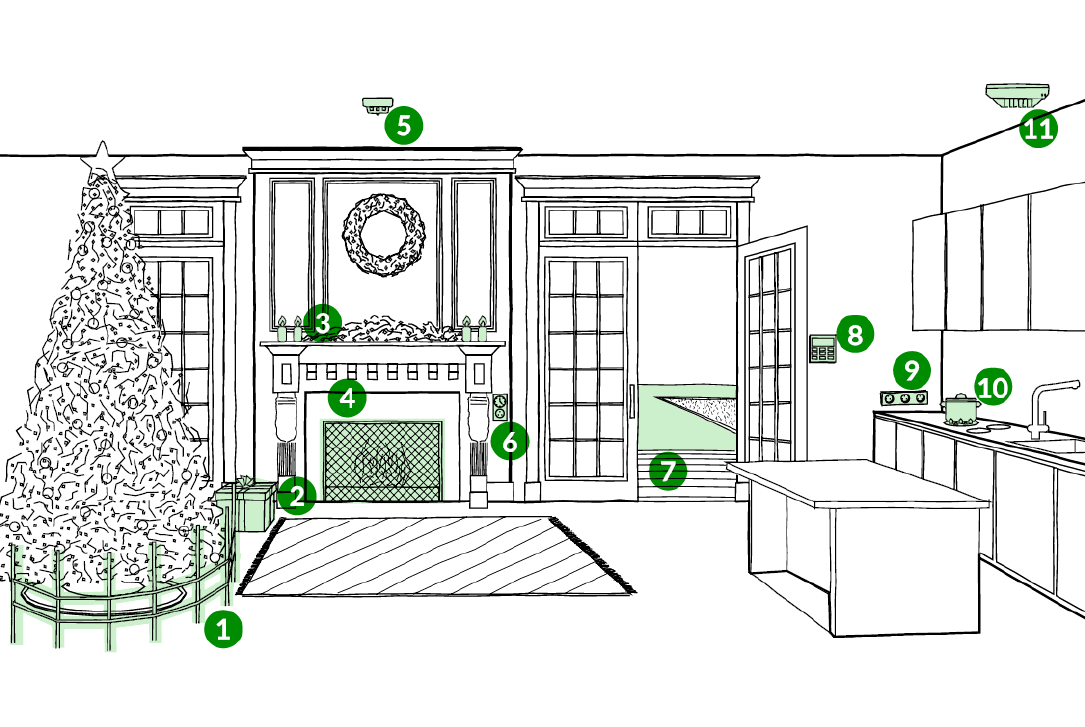In 2020, the pandemic which swept the world led to a lot of changes for many households, including how people work. An unprecedented 42% of the workforce in the US spent at least some time working from home in the last year. And many people have plans to continue doing so in the future as well. With so many people now working from their living spaces, the home office has taken on a new perspective. While people may have been content to work from their kitchens or living rooms for a short while, many are now beginning to invest in full time home offices.
We asked top experts in the home design field to weigh in on how homeowners are adapting their spaces for remote working in 2021 and what their recommendations are in home office design. They were given a mixture of multiple choice and open ended questions aimed at discovering exactly what people need to be truly successful working from home long term. From their answers we’ve created a complete guide on how to design a productive home office, from ergonomics to audio enhancement, favorite zoom backgrounds and room layout. Moreover, their expert knowledge allows us to delve into a variety of different solutions for homes with limited space, as well as how to create highly-productive, permanent work environments.
Whether you have an urgent necessity for a convenient working space in your home for you and your family or simply have an interest in home office interior design, this report will give you all the professional advice, tips and information you need. We’d like to extend our thanks to the experts who took their time to provide the answers to these questions.
Key Findings
- Guest rooms are the most common spaces converted into home offices, 66% of experts agree
- Dining rooms are the most popular for use as a combined working space, followed by bedrooms
- Ergonomic chairs and natural wood desks are the most recommended furniture types
- Experts note that stand-up desks are growing in popularity
- A bookshelf is the top choice for a video conferencing background, followed by artwork
- Hardwood is the preferred flooring to use in a home office
Table of Contents
- Preferred Room for a Dedicated Home Office
- Home Office Flooring
- Home Office Color
- Preferred Shared Space for a Home Office
- Solutions to Separate Shared Spaces
- Desk Placement
- Expert Tips for Limited Space
- Solutions that Can Be Packed-up
- Furniture
- Ergonomics
- Desk Material
- Stand-up Desks
- Safety Tips
- Preferred Background for Video Conferencing
- Home Office Acoustics
Home Office Design Layout
Guest Rooms are the Preferred Room to be Converted into a Full-Time Home Office, 66% of Experts Agree
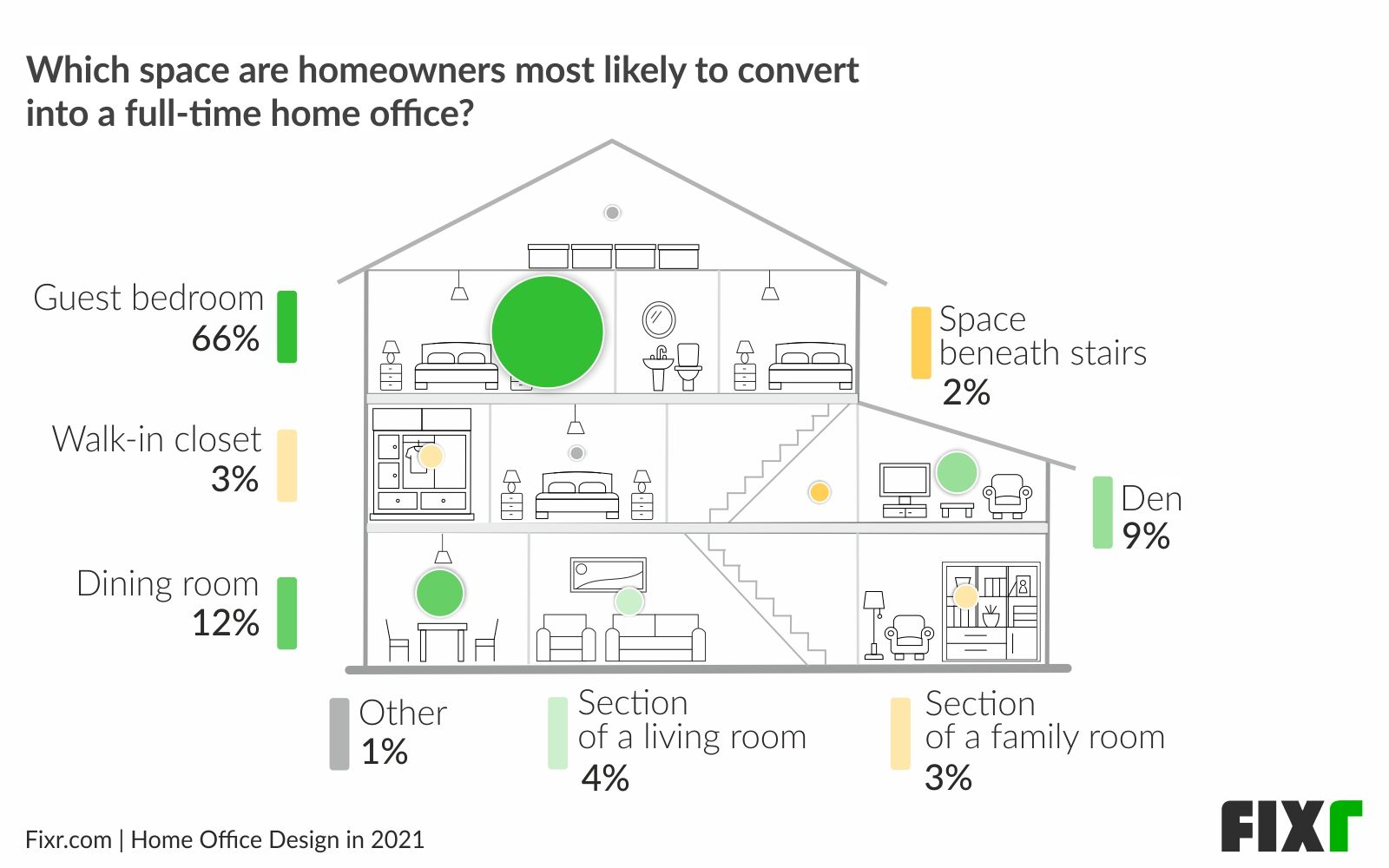
When asked which room was most likely to get converted into a full-time home office, 66% of experts agreed that a guest bedroom makes the most sense. This space is one of the most frequently converted simply because it’s easy to use as a home office and may be one of the lesser-used areas of a home in general. And with less people traveling and fewer gatherings right now, it makes sense for the guest bedroom to get the makeover before other areas, as it’s not likely to be in heavy use right now anyway.
For those without a guest bedroom, dining rooms took a distant second place at 12%, while dens followed at 9%, and a home office in the living room came in at 4%.
Experts Choose Change Over Continuity for Home Office Flooring, with Hardwood being the Most Popular Option
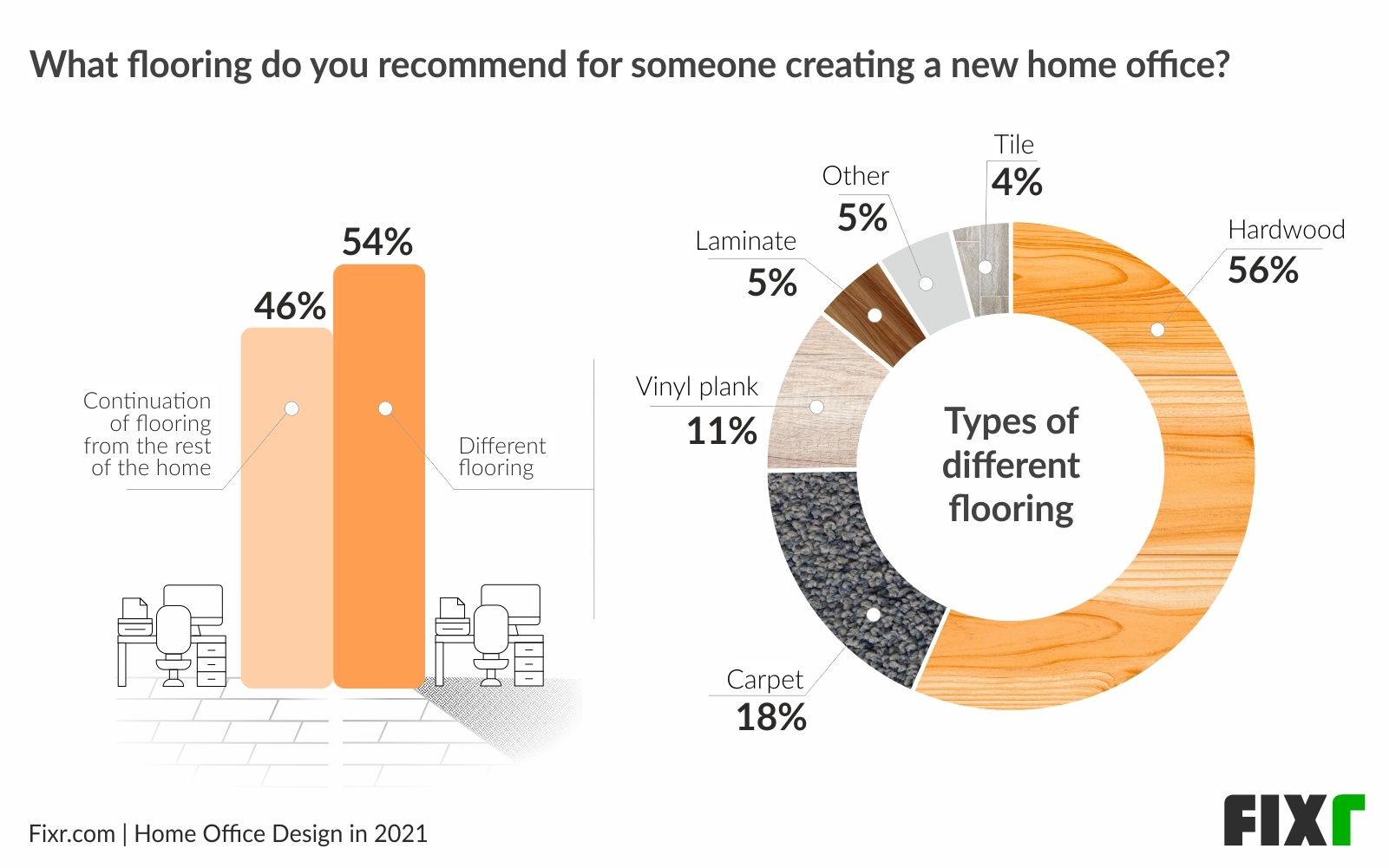
When it comes to choosing a new home office floor, 54% of experts think you ought to choose something new rather than simply continuing the floor from the rest of the home. This type of visual divide can be a great way to help you feel as though you’re entering a work space rather than another part of your home.
When it comes to the flooring itself, 56% of experts who said different flooring recommend hardwood floors. Since hardwood is one of the most popular materials for flooring in the home, it makes sense that it would be recommended here as well. 18% think that carpet can be a good choice for its acoustics, while 11% recommend vinyl plank flooring in this room.
Off-White Narrowly Selected as the Leading Home Office Color
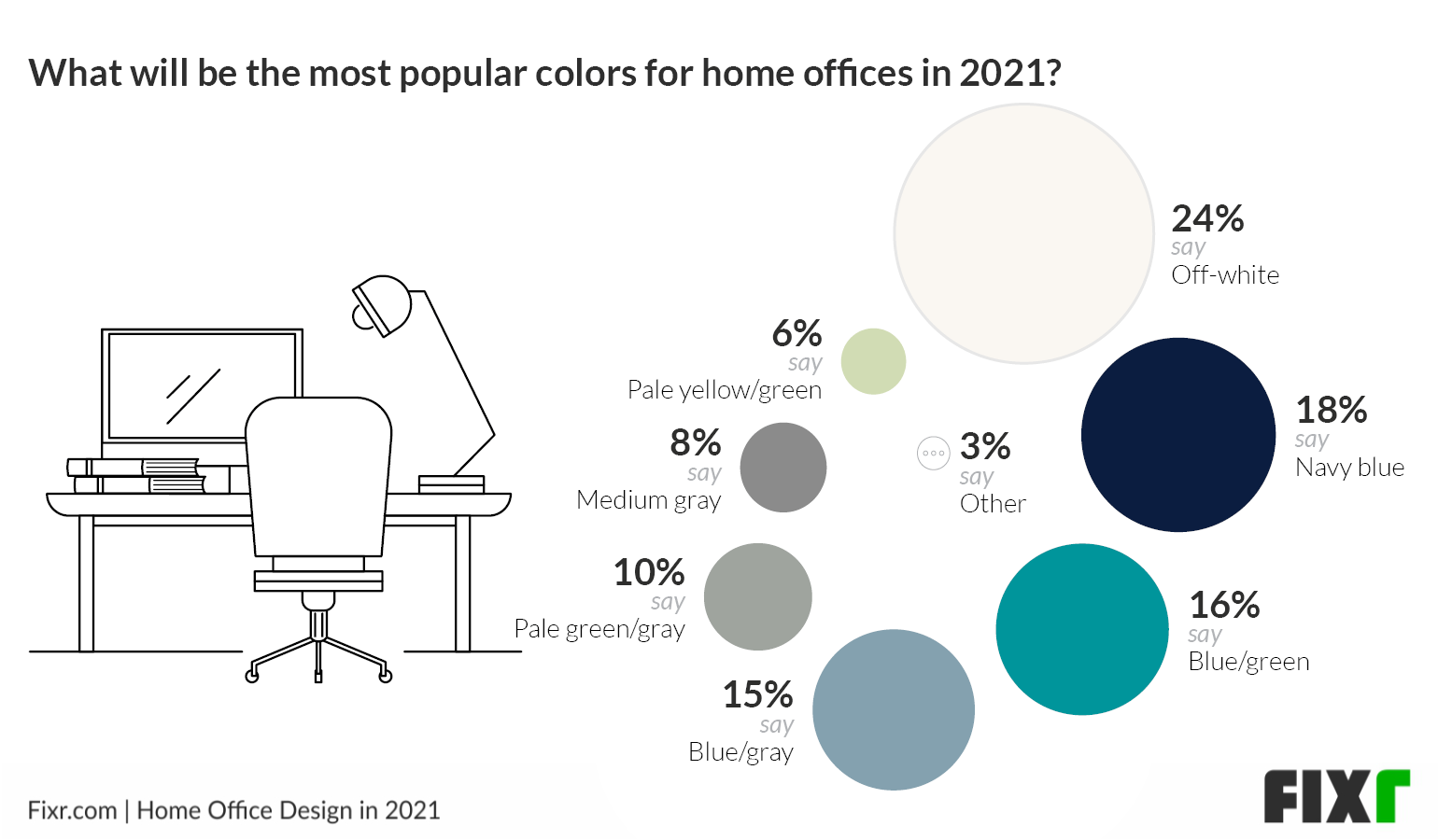
When asked to consider which colors would best fit a home office, the responses were quite varied. 24% thought that off-white would be the most desired color for a home office. Navy blue was chosen by 18%, whereas 16% opted for blue/green to be the preferred option. Finally, 15% believed blue/gray is the color most would have for their working environment. Due to the number of different options for where to set up a home working space, it would be wise to conclude that this could be the reason for the mix in opinions.
Dining Rooms are the Shared Spaces Most Used for Working, Followed by Bedrooms
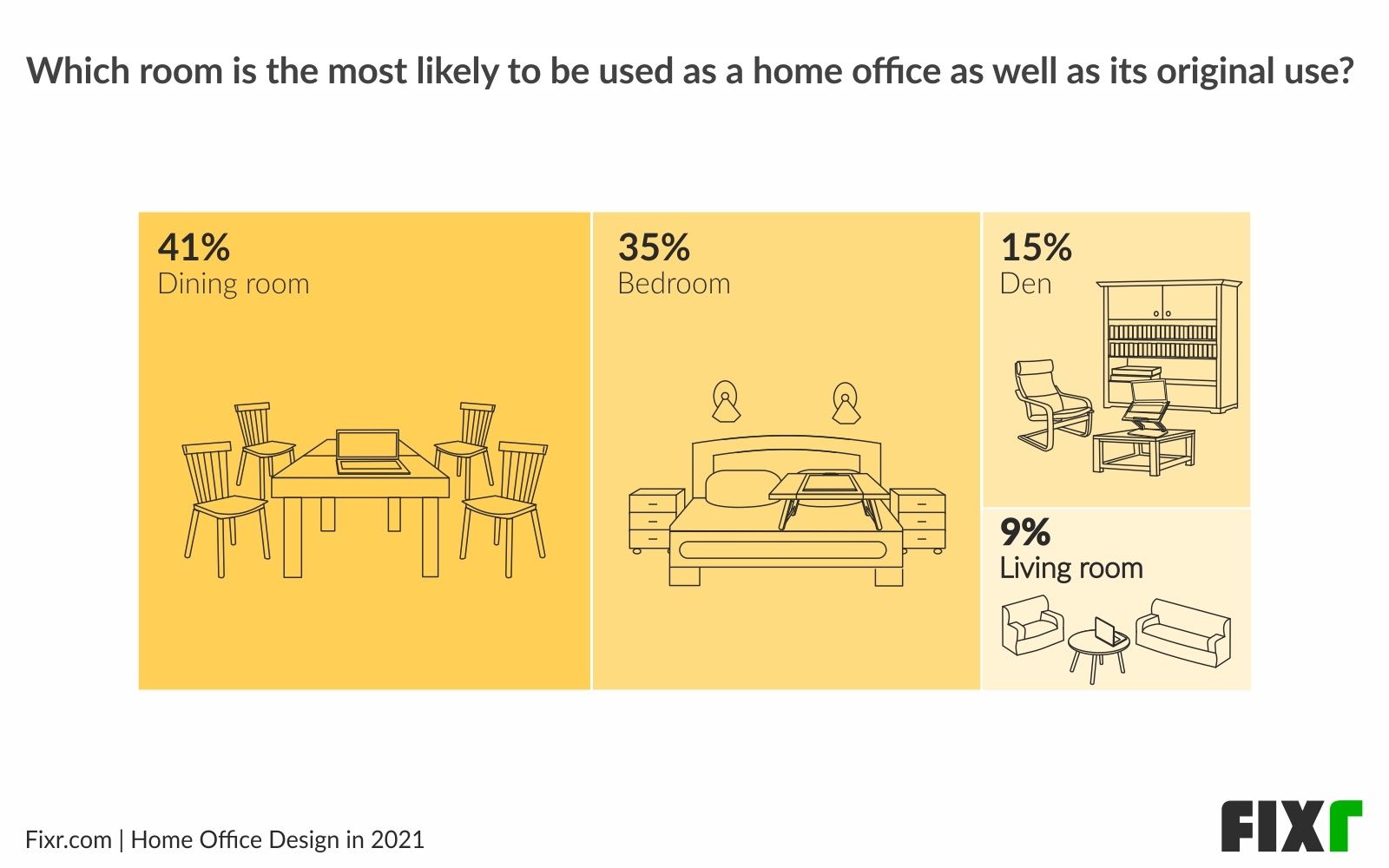
For those that don’t have room for a dedicated home office space, it’s the dining room that is most likely to work as a multi-functional space. 41% of experts say that the dining room is the space most likely to retain its original use and become an office at the same time. This is followed by bedrooms, which received 35% of the vote.
The current situation could also contribute to these responses. Dining rooms are most often used for larger gatherings such as family dinners and parties. With fewer people entertaining at the moment, the dining room may not be getting frequent use. This makes it the natural place to set up for office use. Dining rooms also have ample space and tables that can double as a desk if you aren’t planning on investing a great deal in the area.
Screens or Temporary Room Dividers are the Best Options to Separate Shared Workspaces
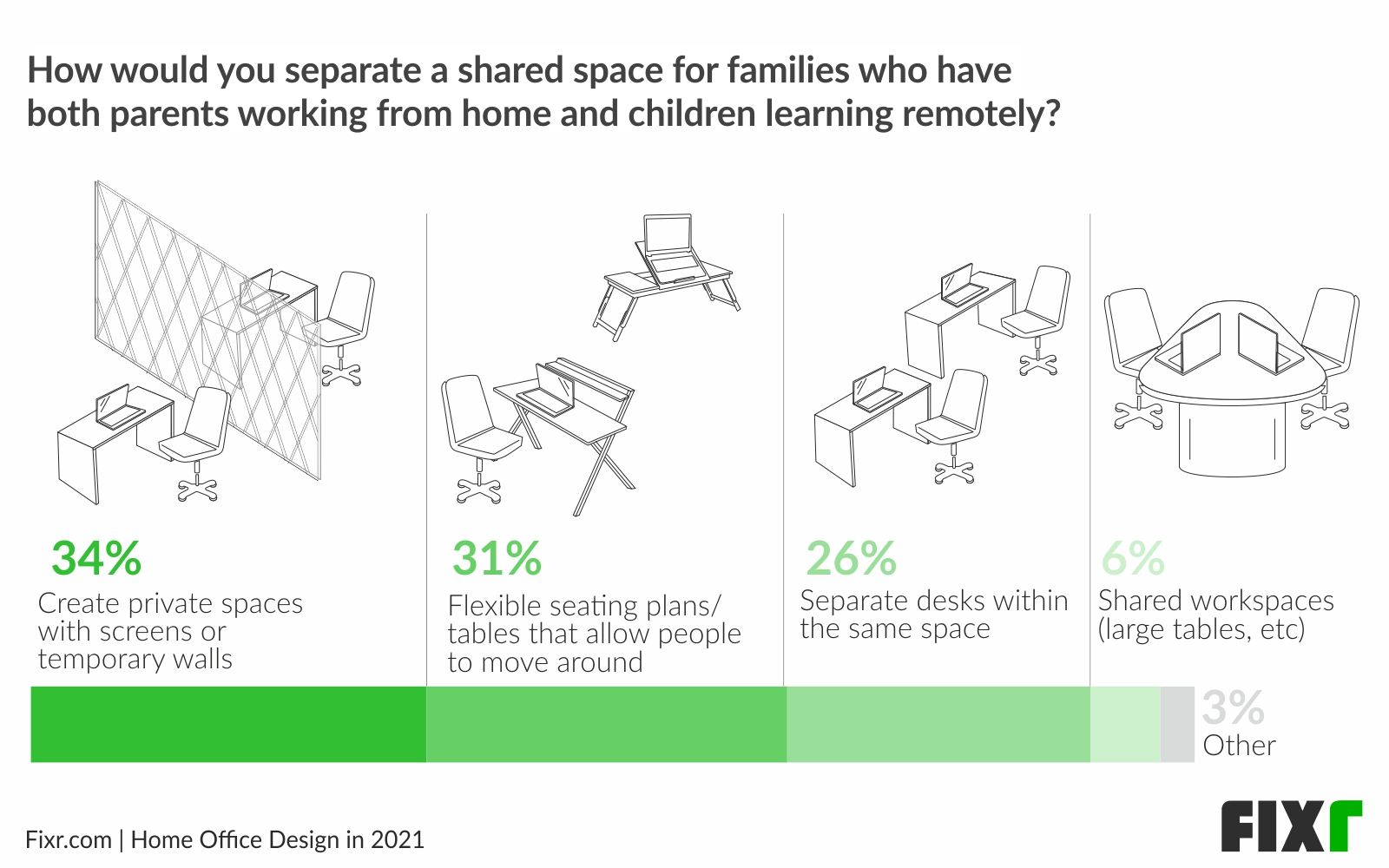
If you're looking for effective home office ideas for two or more people, 34% of experts say that a screen or temporary room divider is your ideal solution to work in the same space. Screens and temporary walls can give more of an illusion of privacy, which can be invaluable for those who are easily distracted when working.
Another 31% say that flexible seating plans and tables that allow people to move around can improve a two person home office layout. This particular method of space sharing has been used in modern offices for the last several years. They’re known as flexible work spaces, and many companies have adopted them as a way to improve productivity and employee happiness. If you aren’t distracted by others working nearby, flexible seating can help you and those you’re in the room with get a change of perspective as needed throughout the week.
The Most Recommended Place for a Desk is Near Natural Light, but Not in Front of It
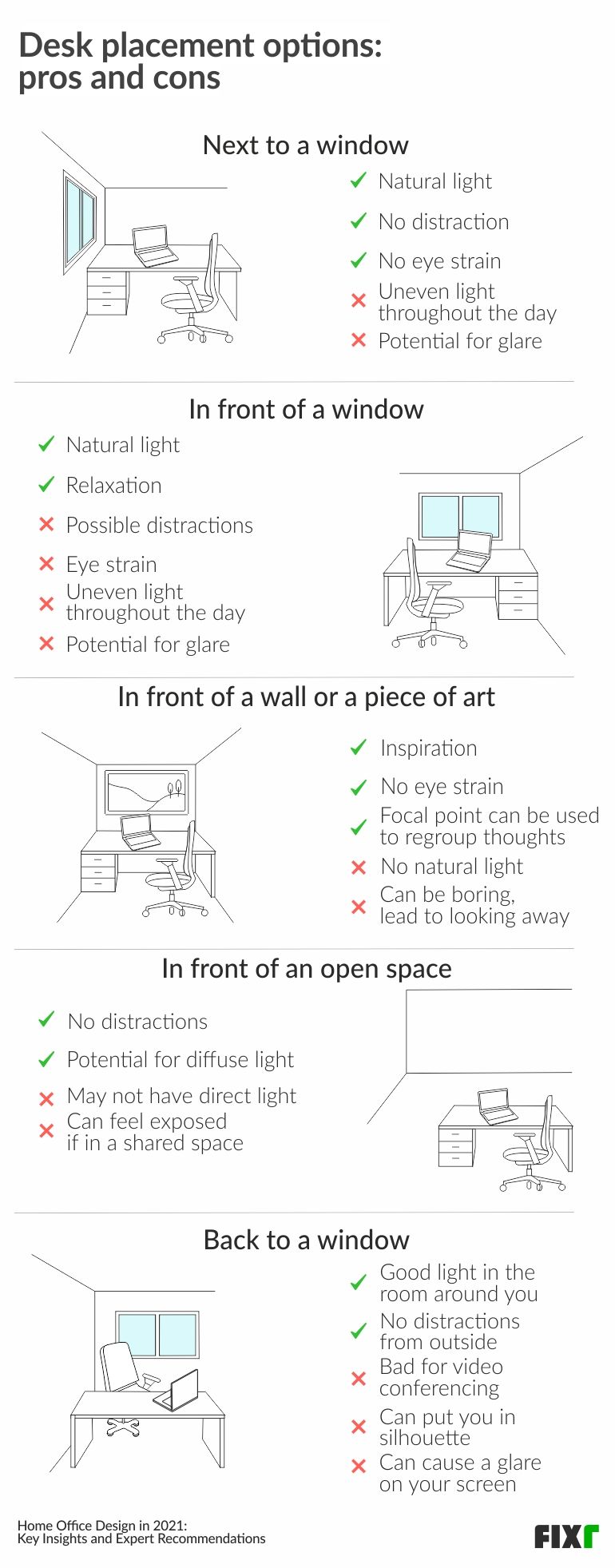
Where you will ultimately place your desk will depend on a lot of factors, including your home layout and how much space you have in general.
Whenever possible, however, you want to be next to or in front of a window for maximum light, although you will want to watch out for the potential for glare.
Jeneva Aaron particularly recommends this setup: “The best possible place to work is near a window with sun shining on you. If you can get vitamin D into your system while you’re working, you’ll be a lot more focused and productive.”
Also, avoid having a window or light source right behind you, as it can cause issues with video calls.
You’ll also want to consider what’s in front of you, as you won’t want to worry about things distracting you while you work.
Finally, remember that the preferred position is ultimately up to you. “The best position for your desk is one that will allow you to settle in and feel comfortable in the space. You should be able to be productive while not feeling stifled.”
Small Home Office Design
Top Tips When Square Footage Is Limited (And Space Is Shared)
When space is limited and needs to be shared, experts offer the following top tips for helping you manage your workspace better while enhancing your focus and limiting distractions:
- Wear noise-canceling headphones to keep workspaces separate from communal use or “relaxing spaces” like kitchens and bedrooms
- Make a schedule with built-in quiet work times for everyone
- Make a separate space for each person working or studying at home
- Utilize closets, screens, curtains, and barriers to create privacy in small spaces
- Set desks in the corners of rooms
- Set each workspace up as far from others as possible
- Invest in items and furniture that optimize functionality and allow you to work efficiently and effectively
Top Small Home Office Ideas That Can be Packed-Up At Night
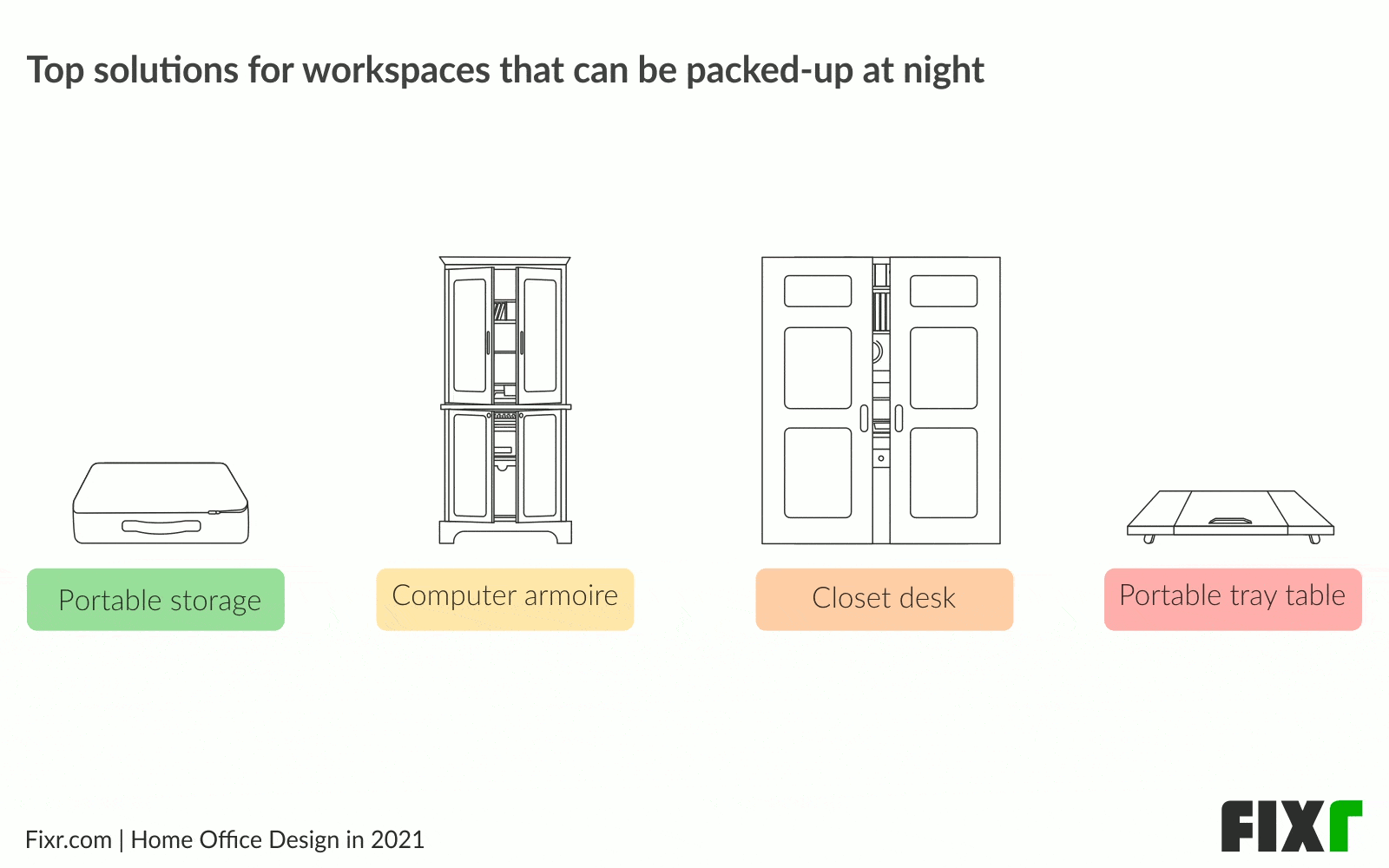
If you don’t have the space to create a workstation that remains permanently in one spot, you may want to invest in a workspace that can be packed up at night. Experts recommend a few different small office space ideas that might assist you in finding the right solution.
Portable storage is a good choice for anyone that doesn’t have a true desk setup. With portable home office storage, you can choose either a large, handled tray, box or bin that is big enough to hold your laptop and other items. You simply pack your stuff up and place the box somewhere where it won’t be in the way, such as a closet or on a shelf. Steffani Aarons particularly likes this home office organization idea: “With a laptop and a good bin I think you can become very mobile. Just place all the items you need in a nice bin with a lid and you can stash it anywhere!”
Computer armoires are another option if you want a more permanent location, but only have room for storage or a desk. Suzzane Lasky explains, “The use of cabinets that can house a computer screen or laptop and office supplies that can be literally closed up when not in use is ideal.” In this case, a large armoire can act as the storage you need for the room. Once open, a desktop folds down. All you need is to pull up a chair and work, and when you’re done, the desktop closes right back up into the armoire.
A true space saver is the closet desk. A growing trend due to its easy incorporation into a room, the closet desk is exactly what you would expect from the name: a desk in a closet. There are a range of different closet spaces in people’s home as Jessica Davis from JL Design explains,
“If there is a hall closet or coat closet that can be allocated for storage each night, that is ideal. Hanging shoe storage creates compartments to help separate work/classes for each member of the family.” With the addition of a desk and a chair, doors to the closet can be taken off, or left on in order to close the space up when not being used.
Portable tray tables, also called portable desk trays can also be a good solution if you find yourself working in tight spaces or in multiple areas. These are large, flat trays that you can assemble your computer and other work items on. Some come with legs so you can use them while you sit on the couch or in bed. Others fold flat so you can set them on any level surface. When you’re done, just pick up the whole tray and place it somewhere out of the way until you need it again.
Experts recommended many other options. For example, if you need a desk but don’t have space for one to be out all the time, a folding desk is a fantastic option. Anna K. Gibson explains, “There are plenty of very small desks that can be packed flat at the end of the day. They are called mobile laptop desks, they are easy to fold and place away at the end of the day.” These lightweight desks fold completely flat in just seconds. You can lean them against the wall, put them in a closet or even slide them under the bed when you’re done. They’re plenty large enough to hold two laptops or monitors when open, so you can still have the workspace you need when you use it.
Setting Priorities
Furniture is by Far the Most Important Aspect of a Home Office
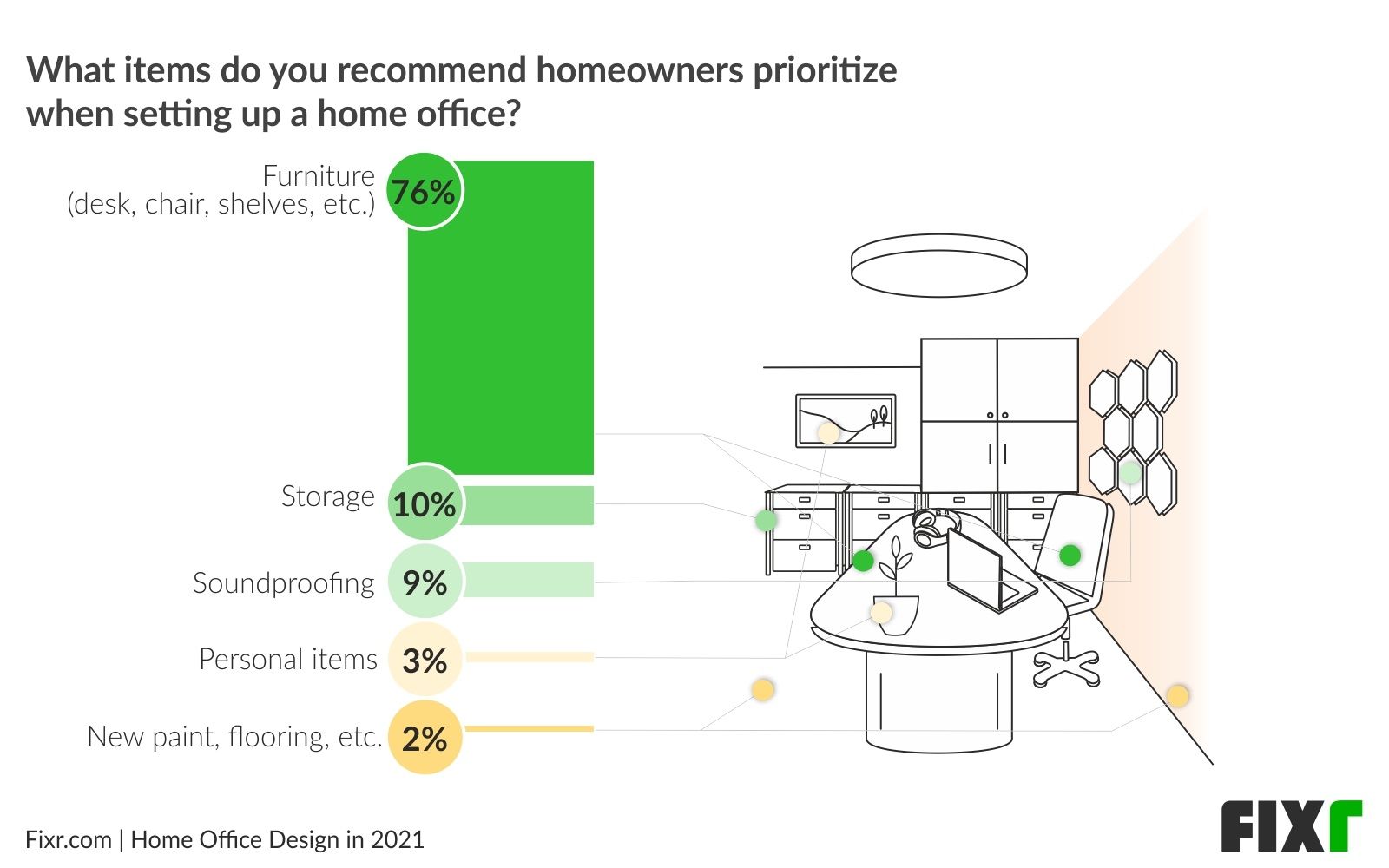
When it’s time to start purchasing items for your home office, 76% of experts agree that the most important thing to prioritize is your furniture. Desks, chairs, shelving, and other items will help your office take shape fastest. It will also help you start using the space right away. So, while things like storage, soundproofing, or personal items are important, they won’t help you start working quickly. Prioritizing those items that can help jumpstart your productivity is preferable when you’re creating a home office. Afterwards, you can start adding in the other items as needed and as you get to them to make your office complete.
A Good Chair Keeps the Top Spot as Essential in Terms of Ergonomics
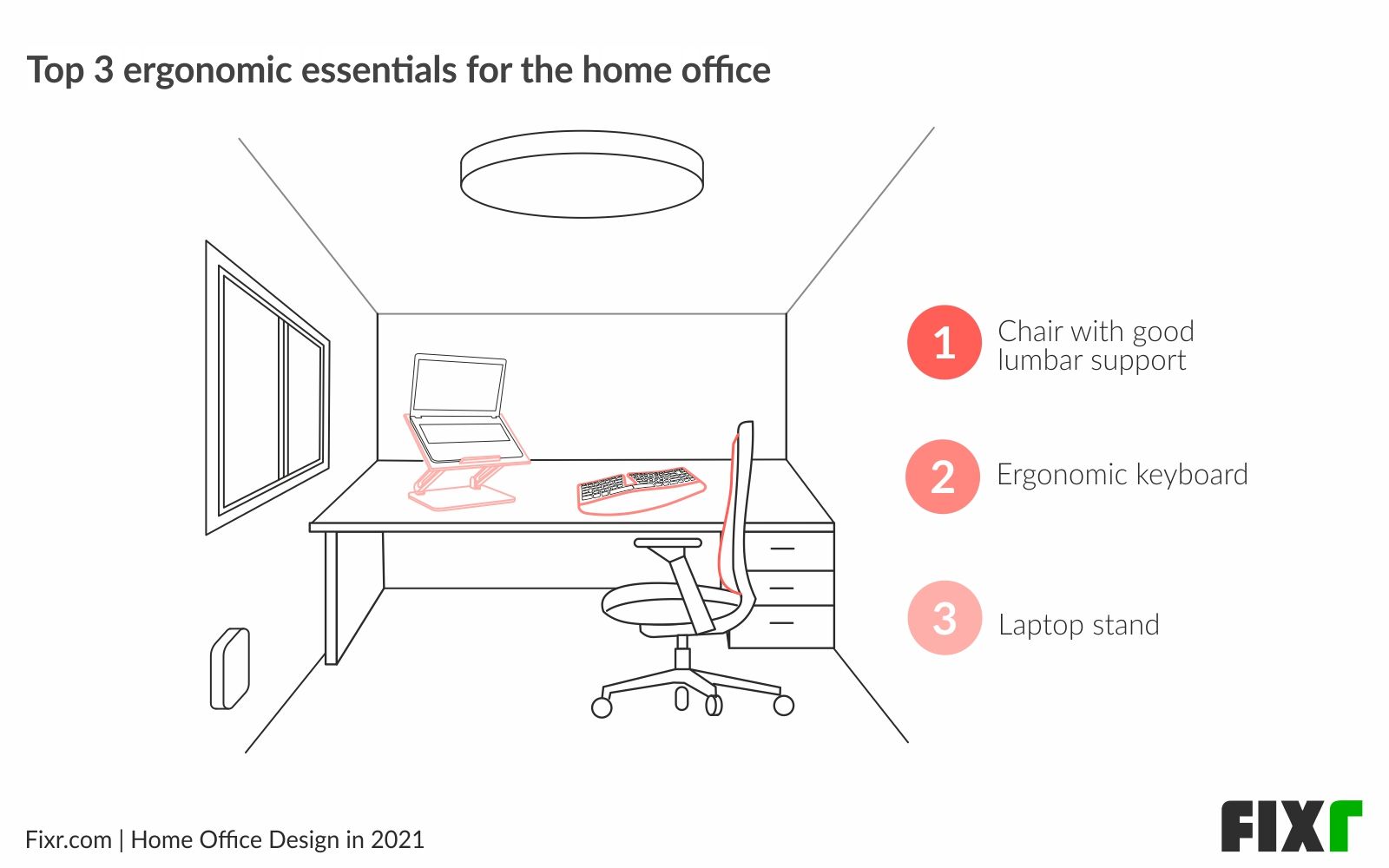
Ergonomic chairs have a lot of benefits to offer their users, and experts feel that they’ll continue to be one of the best features of a home office. Jim Kabel of Next Stage Design + Build explains, “Executive and ergonomic chairs are quite popular; they most closely resemble what we all used at the office. Homeowners may find that having a similar setup puts them in a productive mindset.”
Jason Tjugito of OfficeSolutionPro.com agrees: “With the rise of remote work, ergonomic office chairs are growing in popularity recently. And yes, they are recommended to improve productivity. Not only do they help improve posture, but they prevent discomfort in the long run.”
Since people working from home actually put in more hours than they did in the office, a good ergonomic chair with lumbar support can go a long way toward keeping you comfortable over time.
It’s also important to consider the ergonomics of your keyboard and laptop or computer itself. Deborah Goldberg explains, “Everyone who works from home should have an ergonomic keyboard and mouse if they are on the computer constantly. While you may not realize it, gradually the strain of holding your hands in an unnatural position will cause cramps and pain.” Sib Mahapatra agrees, and also explains why the computer stand can help: “A stand or monitor arm helps position your viewing screen at eye level to reduce pressure on your neck and spine.”
Combined, all of these items can help ensure that you remain comfortable and healthy regardless of where your office is located.
Natural Wood Is The Preferred Choice For Home Office Desk Material
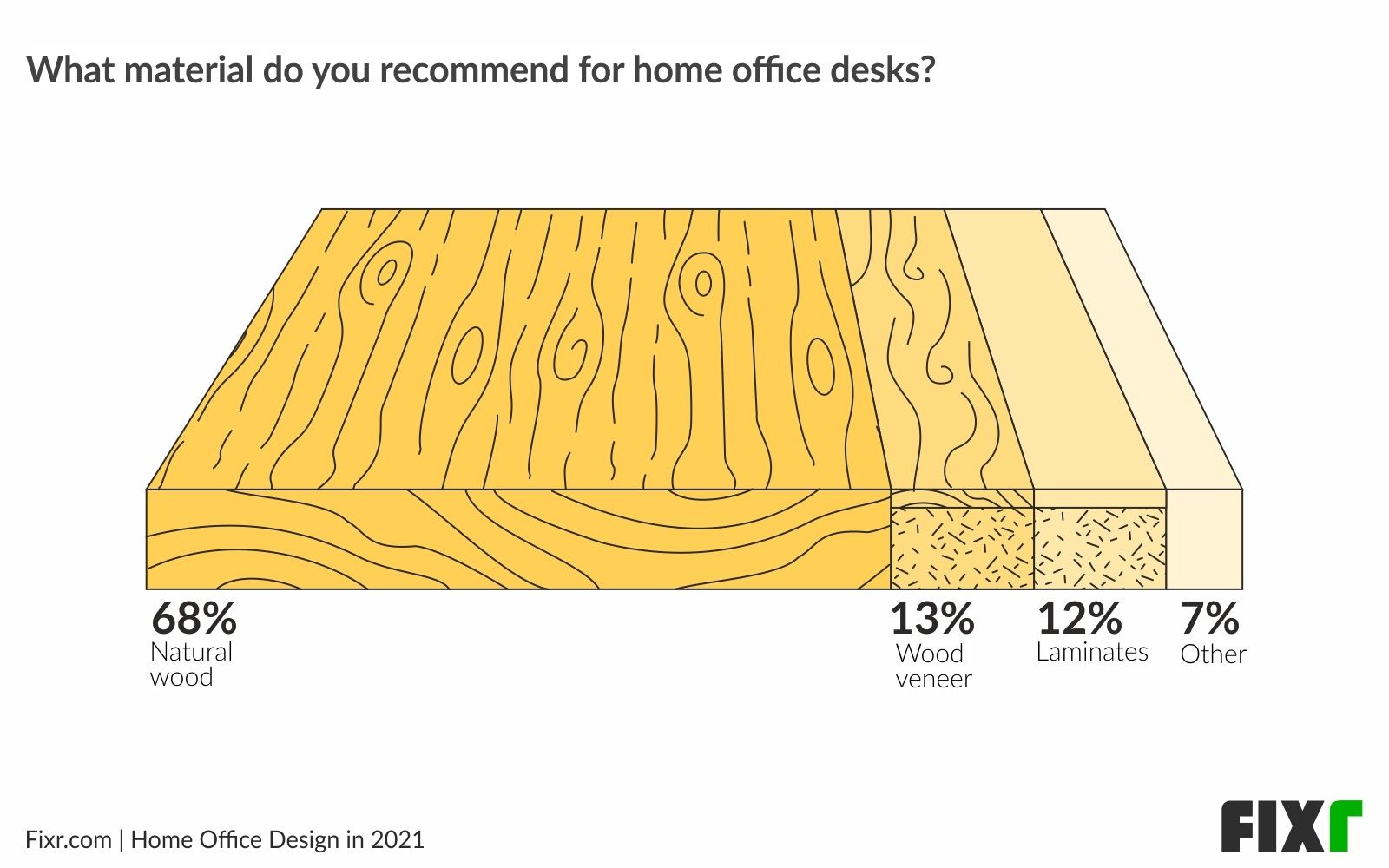
When asked what materials they were most likely to recommend for desks, 68% of respondents answered that they would recommend wood. Natural wood does have a beauty and feel that isn’t easily matched by other materials. It’s also more durable, as Jeneva Aaron of The House Wire explains: “Natural wood is the best in terms of longevity, but you have to know how to care for it.” This means using cleaning products that are aimed at wood, rather than simply using whatever cleaners you have on hand.
Deborah Goldberg of Clearsurance.com agrees, “Wood is traditional, but for good reason. It is more pleasant to the touch and comfortable than metal or glass and provides a sense of natural beauty. Metal, laminate, and glass desks may be easier to clean than wood, though scuffs can be more noticeable.”
Both laminates and wood veneer were mentioned by experts as alternatives to wood. Veneers can be a good option for those that want the look of wood at a lower cost. Laminates are generally easier to clean, as well as less expensive for those that may have young children sharing the space or those who don’t want to invest in high end furnishings at this time.
Stand-up Desks are Gaining Popularity, Experts Agree
When experts were asked what type of desk they thought was most likely to improve productivity, and what desks were gaining in popularity the fastest, they overwhelmingly agreed that the stand-up desk was the answer. Jim Kabel noted that they’re a good option for those that are looking to save space, “Stand-up desks are known for being a reliable space-saving option, and good for your health. Different spots in the home could warrant different desk setups, based on convenience and practicality. If you find yourself gravitating toward one more often, make that a permanent fixture in your office.”
For those that already have a desk but are looking to increase their flexibility, Jason Tjugito has this suggestion: “The best desk option is the standing desk converter. These are units placed on top of your existing desk, giving you the choice to stand or sit while working. Not only are they functional, but they are more affordable than regular adjustable standing desks.
Jeneva Aaron also points out the health benefits of using a standing desk: “Stand-up desks have gotten quite popular over the past year. Being at home for so long, people started to get sick of sitting down all the time. When you’re standing, your blood is flowing, which stimulates your brain and keeps you alert.” This could be a good option for those that are having trouble adjusting to remote working, and who are hoping to find ways of keeping alert and on task while at home.
Finally, Sib Mahapatra, co-owner of Branch, offers some tips on finding the right desk for your home office: “Standing desks are getting very popular, but buying the right standing desk is critical to improving your productivity. Rather than going for the cheapest option, we recommend looking for desks that offer maximum stability with three stage leg columns and a robust base, quiet adjustments, and memory presets to make adjustments simple.”
Expert Safety Tips to Prevent Accidents in Your Home Office
If you’re working from home for the first time, you may not know the safest way to handle all of your power cords, cables, and other potential safety hazards in the home. This can be particularly problematic if you also have small children at home with you during the day. The following list of safety suggestions has been compiled from suggestions by experts in the home design field. Use this safety checklist to make sure that your home office is as safe and accident proof as possible.
- Organize your cables - run them along walls and hide them under cord covers when possible
- Avoid overloading power outlets with too many cords and extensions
- Place your powerstrip in a waterproof box to prevent fires from accidental spills
- Keep small objects like paperclips and thumbtacks locked in a filing cabinet when not in use to keep them away from small children
- Watch out for trip hazards on the ground like power cords, paper, loose carpet, or other objects
- Keep a fire extinguisher nearby
- Place child safety covers on outlets that are not in use
Home Office Video Conferencing
A Bookshelf is the Top Choice for Video Background, Followed by Artwork
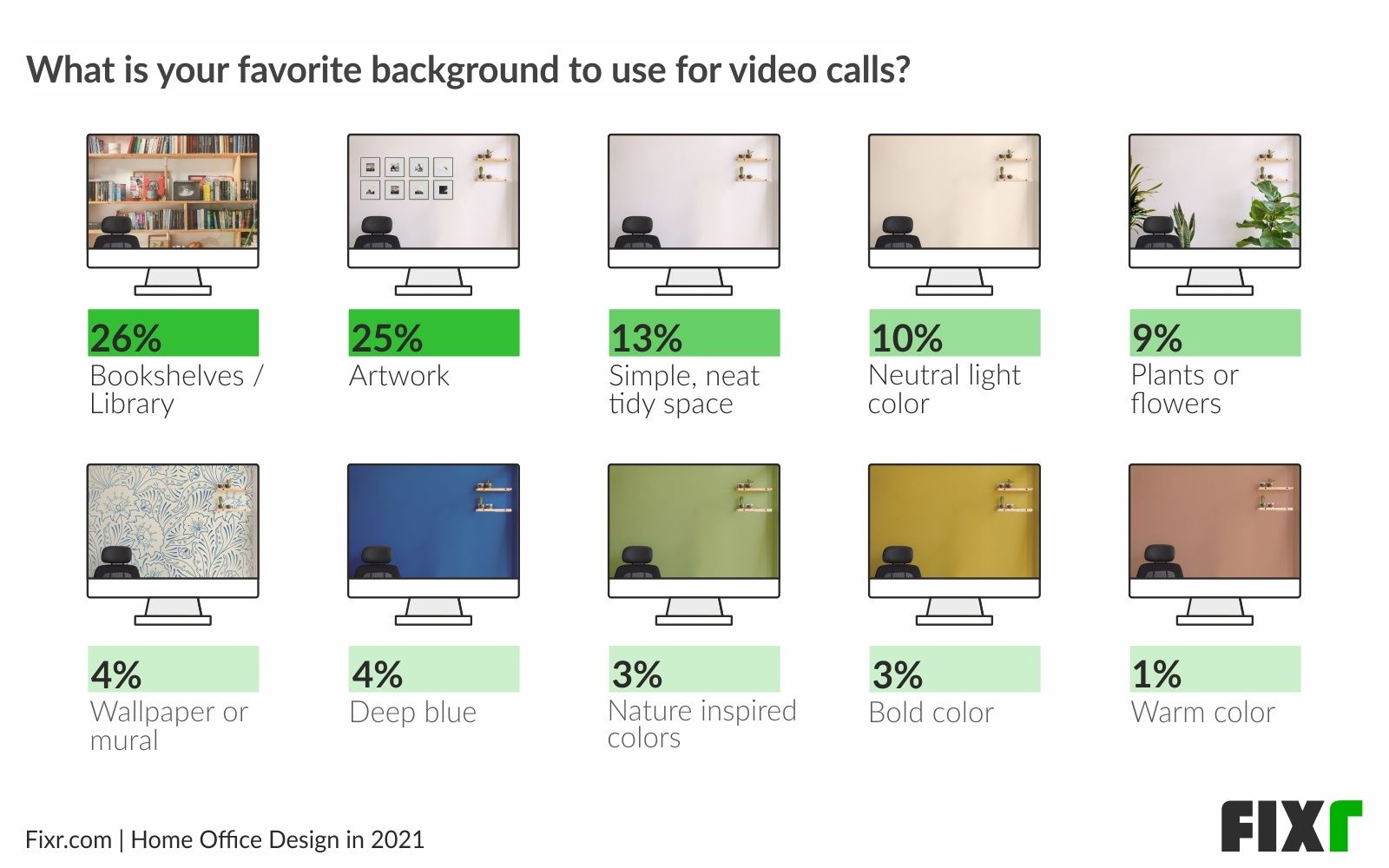
Many people working from home this past year have discovered just how crucial video conferencing is to working in a team remotely. And many people who have been video conferencing for the first time have also discovered how visible everything behind you is on screen.
When asked what they preferred for a video background, 26% of experts said they liked to show off their bookshelves or library. As Ellie Cullman claims, “I love to have bookcases in the background - it's a way to show off personality through your collections and accessories.”
Another 25% thought that some nice artwork made good wall decor for a home office. Lisa Smith was one of them: “Colorful contemporary artwork in vibrant colors (...) It's not political or points to a specific theme or location and more importantly it makes people smile.”
The main idea seems to be adding neutral interest to the area behind you but showing a bit of your personality at the same time. This way, the room brings some closeness to the person speaking to you while still looking professional.
The Best Ways to Improve Audio, According to Experts
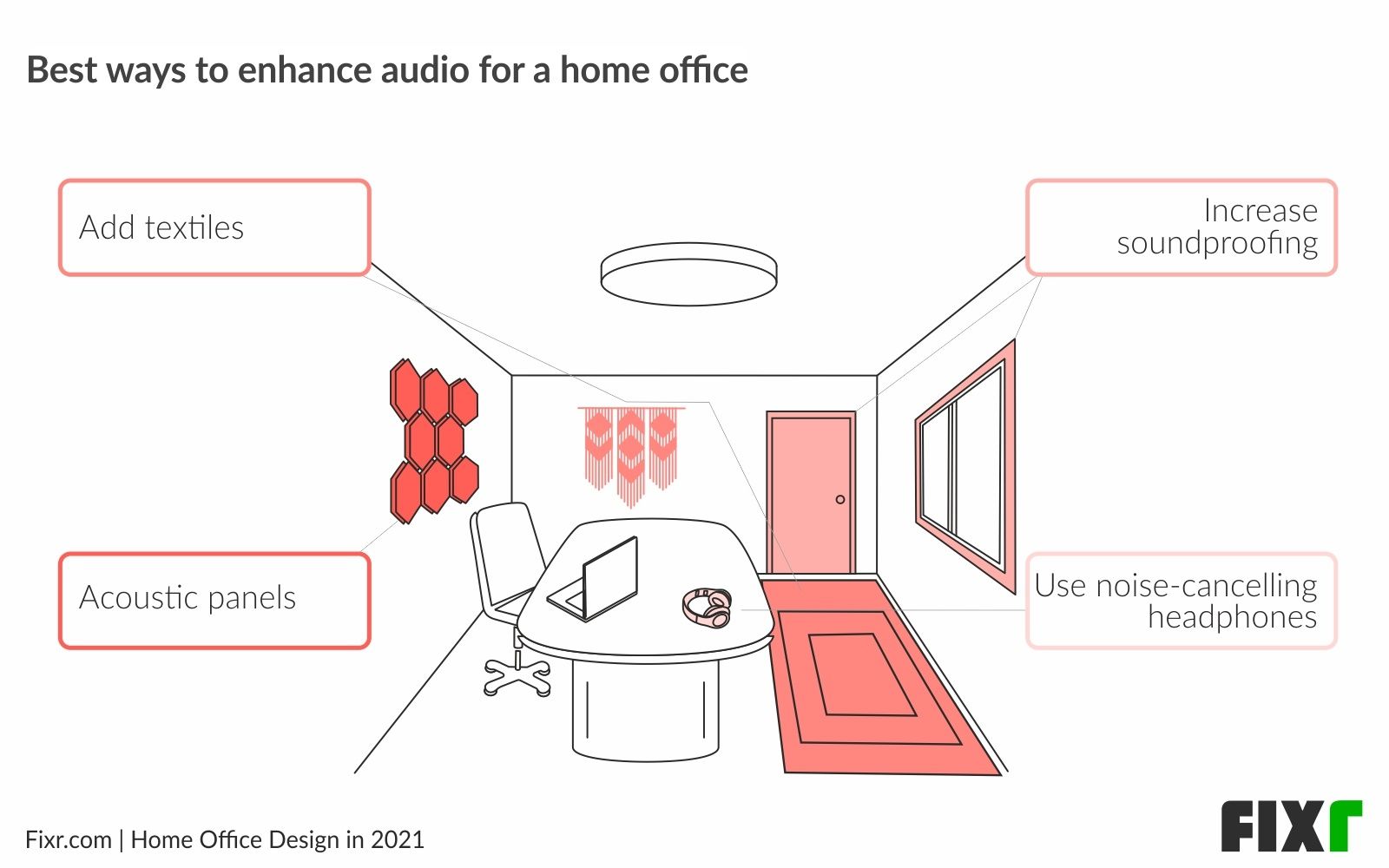
Whether you just need to concentrate or you’re doing a lot of video conferencing, soundproofing your room and improving the acoustics can help a lot. And whether you have a dedicated office or you’re sharing a space, our experts recommend plenty of things you can do to help improve the acoustics of a room.
For example, Jeneva Aaron recommends acoustic panels: “You can either buy specialized panels designed for this purpose or repurpose some upholstery foam. To make the panels look nicer, wrap them in your favorite fabric and seal it together with staples or fabric foam. Use command strips to adhere them to the wall.”
Deborah Goldbery addresses the other surfaces of the room and ways you can improve sound: “You can always add acoustic panels, but soft rugs and wall hangings will also dampen audio spread.” She also adds, “Replacing a hollow-core interior door with a solid door will do wonders for your office’s soundproofing.”
Finally, if you can’t soundproof your space, Jason Tjugito simply recommends using noise-cancelling headphones to help. These are a quick, affordable, and effective solution to reduce any noise in a home office. They can also travel with you in case the location of your work area moves throughout your home.
The Growing Importance of Home Office Design
As more employees and employers discover just how easy it is for remote work to be completed, it stands to reason that the home office is going to become more important than ever before. Whether your design interest has been peaked or your home office queries needed to be answered, we hope these tips and insights can be of value. With so many ways to set up a home office, both temporary and permanent, you should be able to find a solution that works well for you, whether your work from home journey takes part for now or forever.
-
 Alene Workman
Alene Workman -
 Ally Whalen
Ally Whalen -
 Amber Gizzi
Amber Gizzi -
 Amy Peltier
Amy Peltier -
 Andrea Schumacher
Andrea Schumacher -
 Anna K. Gibson
Anna K. Gibson -
 Anthony Michael
Anthony Michael -
 Barbara Segal
Barbara Segal -
 Betty Wasserman
Betty Wasserman -
 Brooke Cole
Brooke Cole -
 Bruce Bierman
Bruce Bierman -
 Bryan Sebring
Bryan Sebring -
 Carolyn Thayer
Carolyn Thayer -
 Charlotte Lucas
Charlotte Lucas -
 Claire Lynn Berard
Claire Lynn Berard -
 Dahlia Mahmood
Dahlia Mahmood -
 David Cusick
David Cusick -
 David Howell
David Howell -
 David Mann
David Mann -
 Deborah Goldberg
Deborah Goldberg -
 Ellen Kennon
Ellen Kennon -
 Ellie Cullman
Ellie Cullman -
 Garrison Hullinger
Garrison Hullinger -
 Heather Blue Harkovich
Heather Blue Harkovich -
 Helen Bartlett
Helen Bartlett -
 Jackie Santos
Jackie Santos -
 Jacob Laws
Jacob Laws -
 Jason Tjugito
Jason Tjugito -
 Jeneva Aaron
Jeneva Aaron -
 Jennifer FaGalde
Jennifer FaGalde -
 Jennifer Gainer
Jennifer Gainer -
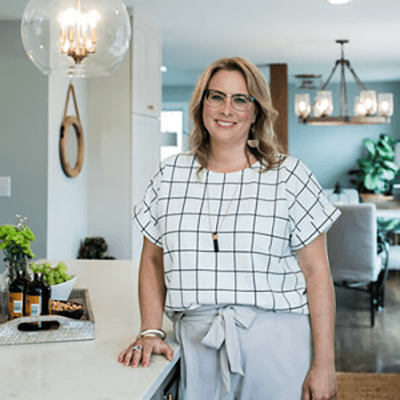 Jessica Curry
Jessica Curry -
 Jessica Davis
Jessica Davis -
 Jessica Love
Jessica Love -
 Jill Seidner
Jill Seidner -
 Jim Kabel
Jim Kabel -
 Joan Kaufman
Joan Kaufman -
 Joann Kandrac
Joann Kandrac -
 Joe Nahem
Joe Nahem -
 Julia Buckingham
Julia Buckingham -
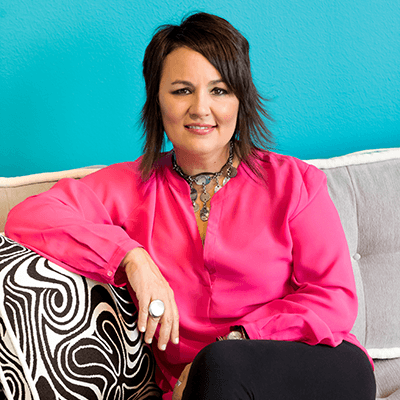 Karen Otto
Karen Otto -
 Kathleen Jennison
Kathleen Jennison -
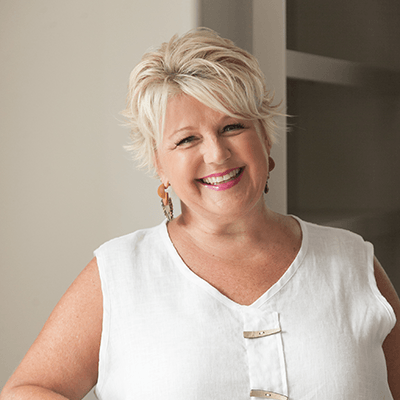 Kelly Kole
Kelly Kole -
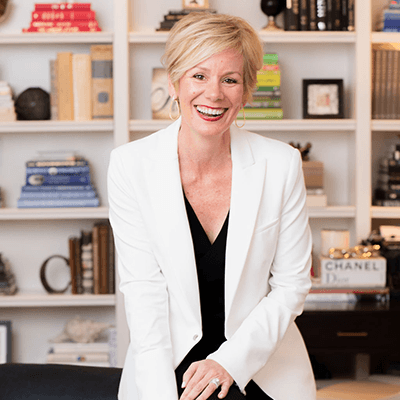 Kerrie Kelly
Kerrie Kelly -
 Kevin Francis O'Gara
Kevin Francis O'Gara -
 Kristie Barnett
Kristie Barnett -
 Linda Merrill
Linda Merrill -
 Lisa M. Smith
Lisa M. Smith -
 Lynda Quintero-Davids
Lynda Quintero-Davids -
 M. Grace Sielaff
M. Grace Sielaff -
 Marcia Moore
Marcia Moore -
 Marshall Erb
Marshall Erb -
 Michael Wolk
Michael Wolk -
 Michelle Cortizo
Michelle Cortizo -
 Nancy Meck
Nancy Meck -
 Nora Schneider
Nora Schneider -
 Pat Valentine Ziv
Pat Valentine Ziv -
 Patti Johnson
Patti Johnson -
 Rayman Boozer
Rayman Boozer -
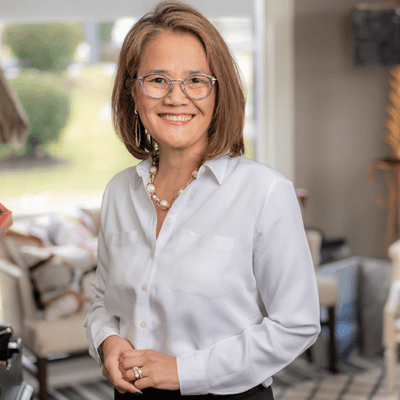 Rose Dostal
Rose Dostal -
 Sarah Stacey
Sarah Stacey -
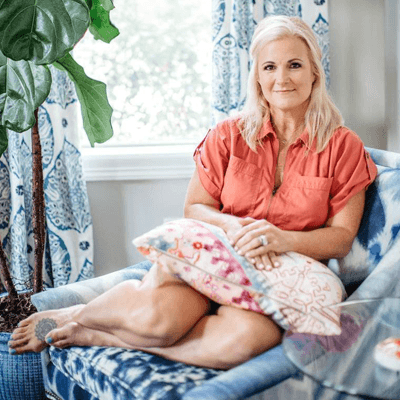 Shauna Glenn
Shauna Glenn -
 Sib Mahapatra
Sib Mahapatra -
 Stacey Sheppard
Stacey Sheppard -
 Stefana Silber
Stefana Silber -
 Stephanie Andrews
Stephanie Andrews -
 Suzanne Lasky
Suzanne Lasky -
 Timothy Corrigan
Timothy Corrigan -
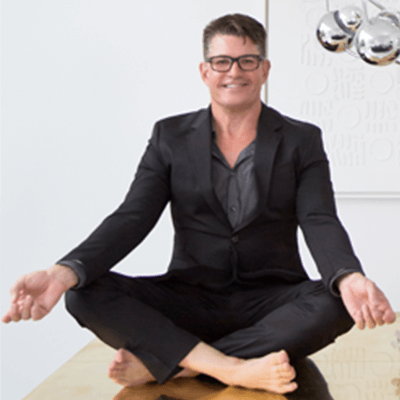 Todd Davis
Todd Davis -
 Trip Haenisch
Trip Haenisch -
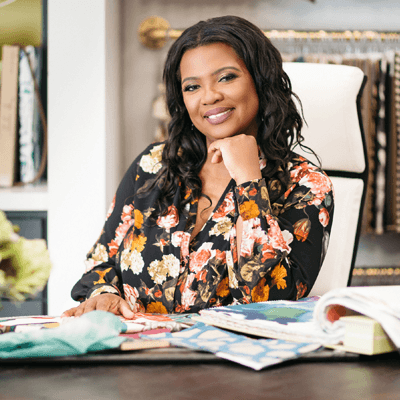 Veronica Solomon
Veronica Solomon -
 Vicente Wolf
Vicente Wolf -
 Wanda Suitt-Horton
Wanda Suitt-Horton -
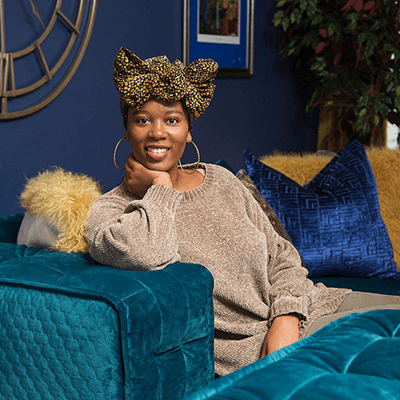 Whitney Jones
Whitney Jones


